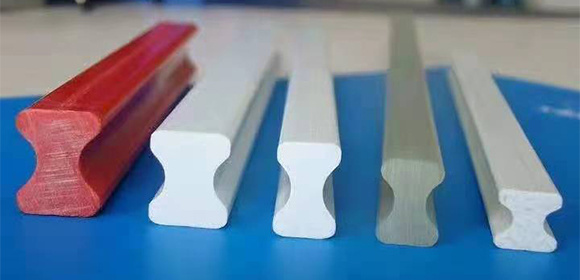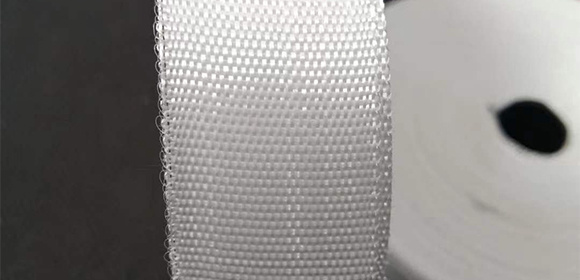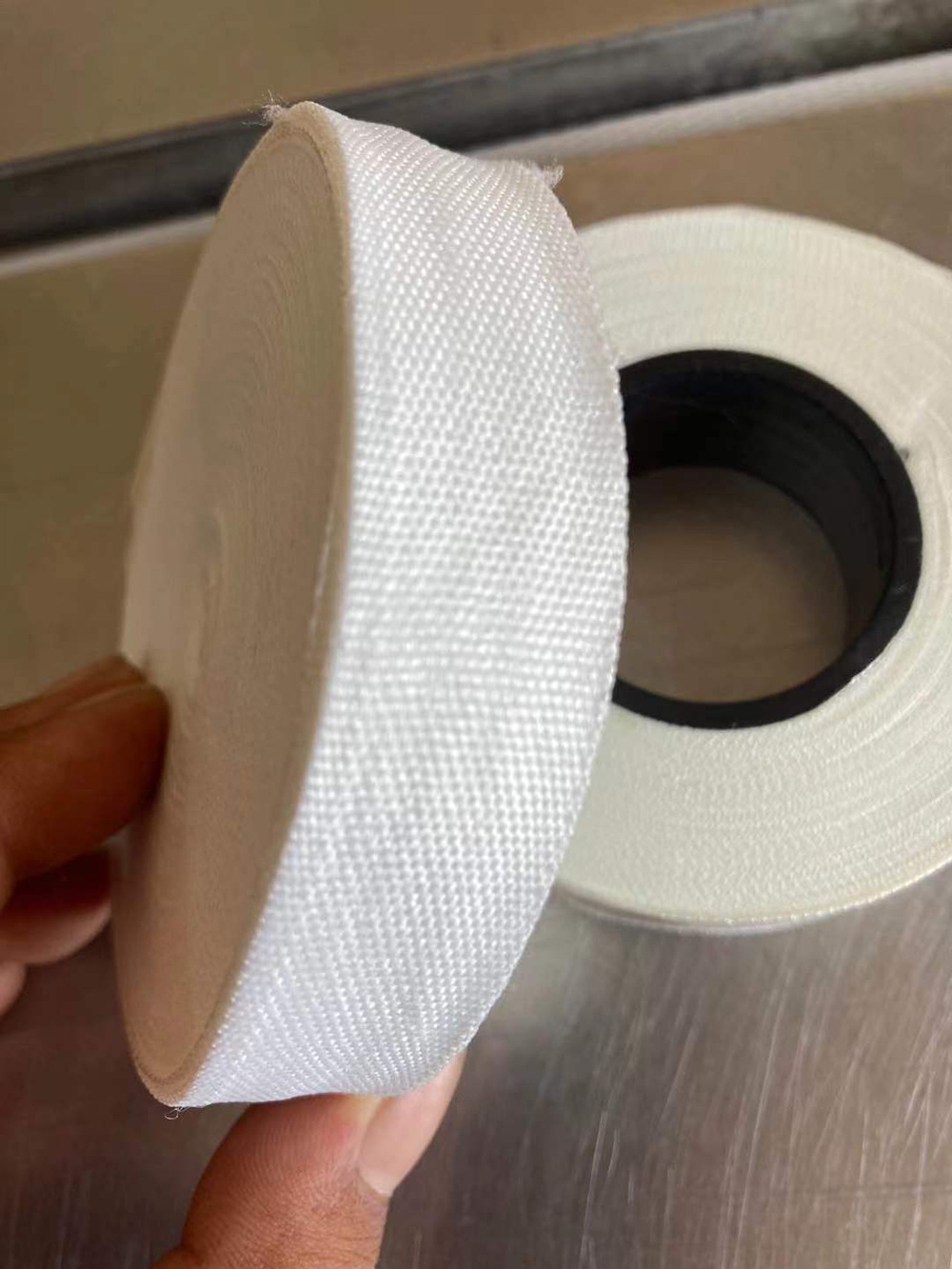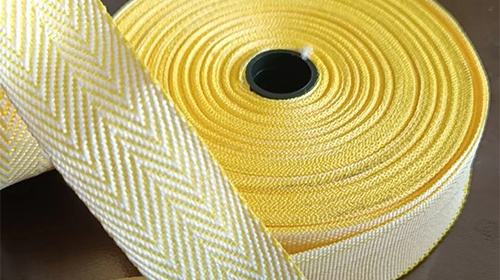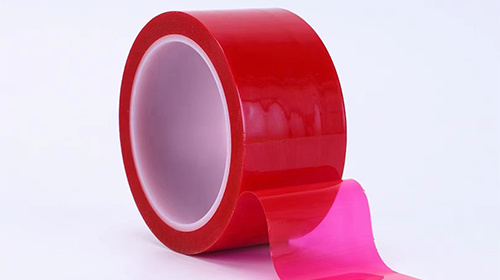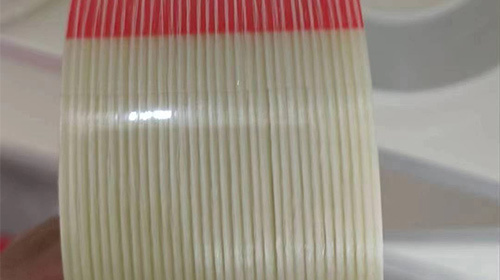Best Practices for Working with PVC Fiberglass Sleeves: A Comprehensive Guide
Best Practices for Working with PVC Fiberglass Sleeves
Table of Contents
Introduction to PVC Fiberglass Sleeves
Understanding PVC Fiberglass Sleeves
Common Applications of PVC Fiberglass Sleeves
Benefits of Using PVC Fiberglass Sleeves
Safety Precautions When Working with PVC Fiberglass Sleeves
Installation Techniques for PVC Fiberglass Sleeves
Maintenance and Care for PVC Fiber
Best Practices for Working with PVC Fiberglass Sleeves
Table of Contents
- Introduction to PVC Fiberglass Sleeves
- Understanding PVC Fiberglass Sleeves
- Common Applications of PVC Fiberglass Sleeves
- Benefits of Using PVC Fiberglass Sleeves
- Safety Precautions When Working with PVC Fiberglass Sleeves
- Installation Techniques for PVC Fiberglass Sleeves
- Maintenance and Care for PVC Fiberglass Sleeves
- Troubleshooting Common Issues with PVC Fiberglass Sleeves
- Conclusion
- FAQs
Introduction to PVC Fiberglass Sleeves
PVC fiberglass sleeves are essential components in various electrical applications, offering a combination of durability and insulation. These sleeves are designed to protect wires and cables from environmental factors, wear, and abrasion, making them invaluable in sectors ranging from automotive to construction. Understanding best practices when working with PVC fiberglass sleeves can significantly enhance safety and efficiency in any project.
Understanding PVC Fiberglass Sleeves
PVC (Polyvinyl Chloride) fiberglass sleeves are created by combining PVC with fiberglass, resulting in a material that is both lightweight and strong. The fiberglass reinforcement improves the mechanical properties of the sleeves, making them ideal for high-stress environments.
Composition and Properties
PVC fiberglass sleeves are composed of two primary materials:
- **PVC**: Known for its water resistance, chemical resistance, and robust insulating properties, PVC forms the outer layer of the sleeve.
- **Fiberglass**: This material enhances the tensile strength and thermal resistance of the sleeve, allowing it to withstand extreme temperatures and mechanical stress.
The combination of these materials yields sleeves that are flexible, easy to install, and capable of operating in a wide range of temperatures.
Common Applications of PVC Fiberglass Sleeves
PVC fiberglass sleeves find applications in numerous industries, including:
1. Electrical Insulation
They are widely used in electrical installations to protect wires from abrasion and environmental factors, ensuring reliable electrical connections.
2. Automotive Industry
In the automotive sector, these sleeves safeguard wiring harnesses from heat and mechanical damage, contributing to vehicle safety and longevity.
3. Construction
Construction sites utilize PVC fiberglass sleeves for insulation in wiring and cable management systems, enhancing safety and organization.
Benefits of Using PVC Fiberglass Sleeves
Utilizing PVC fiberglass sleeves in your projects brings a plethora of advantages:
1. Enhanced Durability
The combination of PVC and fiberglass provides exceptional durability, making these sleeves resistant to wear, tear, and environmental damage.
2. Excellent Insulation Properties
PVC fiberglass sleeves offer superior insulation against electrical currents, reducing the risk of short circuits and ensuring safety in applications.
3. Flexibility and Ease of Installation
Their flexible nature allows for easy installation around complex bends and shapes without compromising performance.
4. Resistance to Chemicals and Corrosion
These sleeves can withstand exposure to various chemicals, making them suitable for harsh environments.
Safety Precautions When Working with PVC Fiberglass Sleeves
While PVC fiberglass sleeves are designed for safety, it is crucial to adhere to specific precautions when working with them:
1. Personal Protective Equipment (PPE)
Always wear appropriate PPE, such as gloves, safety goggles, and dust masks, to protect against any harmful particles.
2. Ventilation
Work in well-ventilated areas to minimize exposure to any potentially harmful fumes released during installation.
3. Proper Handling and Storage
Store sleeves in a dry, cool place to prevent degradation and handle them with care to avoid damage before installation.
Installation Techniques for PVC Fiberglass Sleeves
Proper installation is key to maximizing the performance of PVC fiberglass sleeves. Here are some best practices:
1. Cleaning the Surface
Before installation, ensure that the surface of the wire or cable is clean and free from dust, oil, or moisture. This promotes better adhesion and insulation.
2. Cut to Length
Measure and cut the sleeves to the appropriate length, leaving some extra length for secure fitting at both ends.
3. Secure the Sleeves
Use appropriate adhesives or fastening methods to secure the sleeves in place. Ensure that they are snug but not overly tight, which could cause damage.
4. Inspect the Installation
After installation, conduct a thorough inspection to ensure that all sleeves are correctly fitted and that there are no signs of damage.
Maintenance and Care for PVC Fiberglass Sleeves
Maintaining PVC fiberglass sleeves ensures their longevity and performance:
1. Regular Inspections
Conduct periodic inspections to check for signs of wear, tear, or chemical damage. Early detection can prevent larger issues down the line.
2. Cleaning
Gently clean the sleeves with a damp cloth to remove dirt and dust, avoiding harsh chemicals that could degrade the material.
3. Storage Conditions
Store any unused sleeves in a controlled environment, away from excessive heat, moisture, or harmful chemicals.
Troubleshooting Common Issues with PVC Fiberglass Sleeves
Even with proper practices, issues may arise with PVC fiberglass sleeves. Here are common problems and their solutions:
1. Cracking or Splitting
If you notice cracks, it may be due to exposure to extreme temperatures. Replace damaged sleeves immediately to prevent electrical hazards.
2. Loose Fit
If sleeves appear loose, ensure that they were installed correctly. Tighten or replace them as necessary to maintain insulation effectiveness.
3. Discoloration
Discoloration can indicate chemical exposure. Inspect for potential leaks or spills and replace any affected sleeves promptly.
Conclusion
Working with PVC fiberglass sleeves requires an understanding of best practices to ensure safety and effectiveness. By adhering to the guidelines provided in this comprehensive guide, individuals can maximize the benefits of these materials while minimizing potential risks. Whether in electrical, automotive, or construction applications, the proper use of PVC fiberglass sleeves contributes to enhanced durability, safety, and performance.
FAQs
1. What are PVC fiberglass sleeves used for?
PVC fiberglass sleeves are used for insulating and protecting electrical wires and cables in various industries, ensuring safety and durability.
2. How do I install PVC fiberglass sleeves?
Installation involves cleaning the surface, cutting to the desired length, securing the sleeves, and inspecting for proper fit.
3. Can PVC fiberglass sleeves be used outdoors?
Yes, PVC fiberglass sleeves are designed to withstand environmental factors; however, ensure they are rated for outdoor use for optimal performance.
4. How do I maintain PVC fiberglass sleeves?
Regular inspections, cleaning, and proper storage are essential for maintaining the integrity and longevity of PVC fiberglass sleeves.
5. What should I do if a PVC fiberglass sleeve gets damaged?
If damaged, replace the sleeve immediately to prevent potential electrical hazards and ensure continued safety in your applications.






